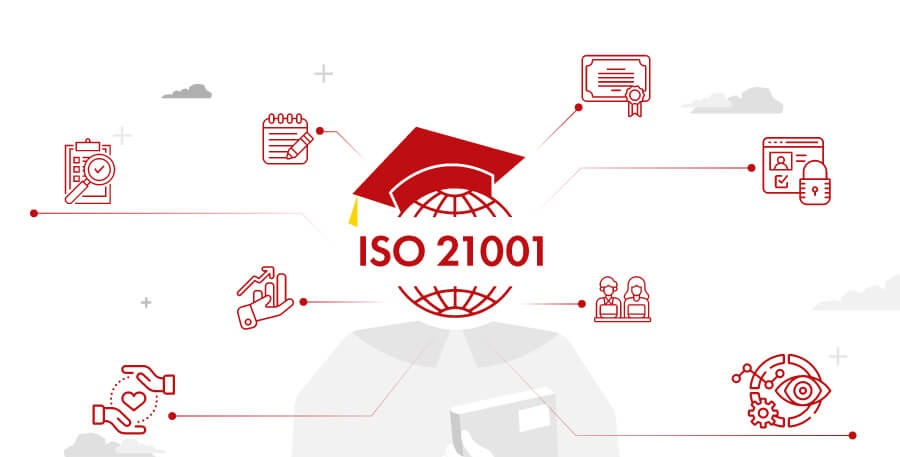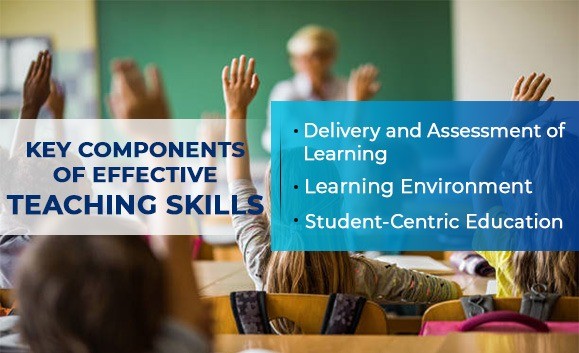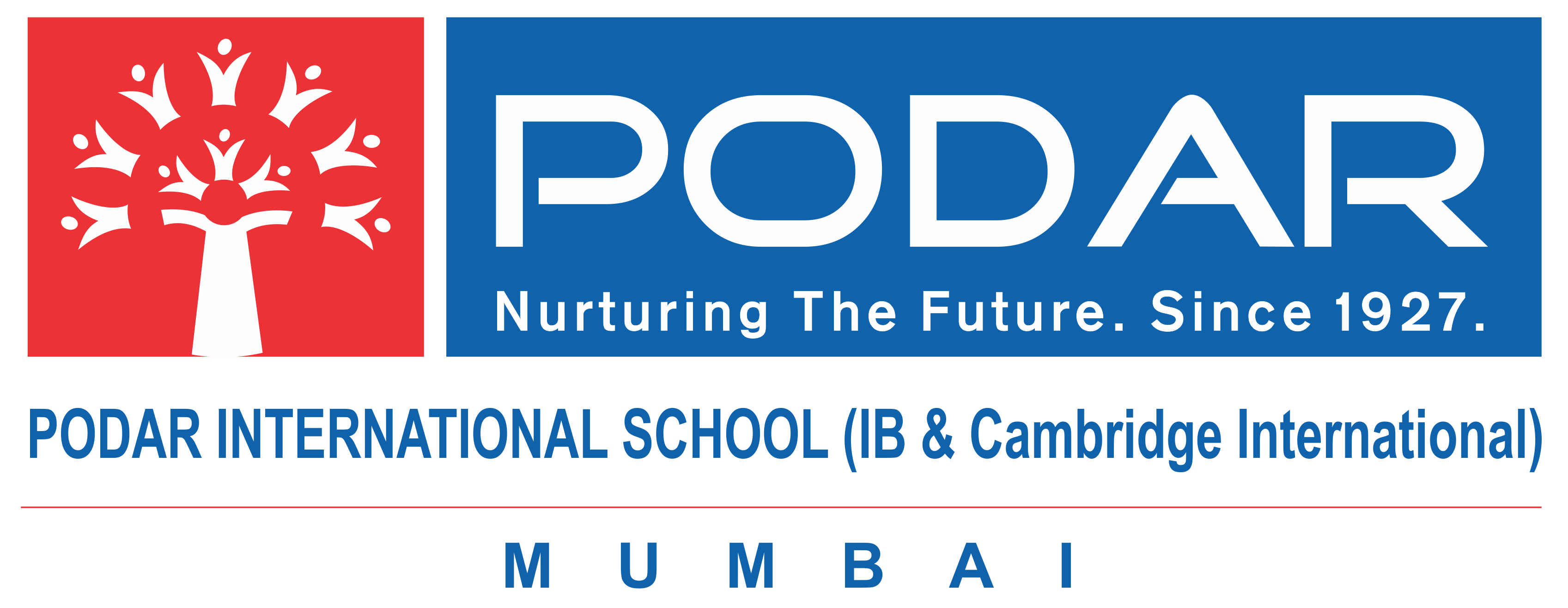Educational Organizations - "Engagement of People" is a key contributor of growth
As the new normal has become quite normal now, we at COAE have resumed our offline audit services for the educational institutions. In some of these schools, colleges, universities and training institutions that we are associated with for the last 4-5 years, we are delighted to observe some remarkable results. With their constant efforts and our regular third-party audit findings, not only their educational management systems have become more effective and output oriented, but even the process owners have shown a great sense of satisfaction and pride in staying with these resilient organizations.
We assess these organizations at all levels and during our last team meeting on Saturday, our auditors were discussing the improvement projects of these institutions. One audit finding that stood out and emerged to be the most significant factor in determining the organizational growth is the “engagement of employees”.
In order to deliver value to the learners and all the other stakeholders, each educational organization needs to involve people at all levels. Organizational objectives can be achieved only when people of that organization are given respect, their efforts are recognized, they feel empowered and their competence is enhanced. When people feel respected, their engagement enhances and they work with an increased ownership and accountability. Trust and collaboration gets enhanced throughout the organization. Engaged employees care about their work and about the performance of their institution, and feel that their efforts make a difference. We have clearly seen that the educational organizations that make people engagement a central part of their strategic planning have created a highly effective teaching-learning environment. Their teaching and non-teaching staff doesn't work just for a pay-check, or just for the next appraisal/ promotion, but work on behalf of the organization's goals.
We have observed some of the key methodologies that these highly effective educational organizations have adopted. Some very simple actions that they have taken include (but are not limited to) the following:
1. Role definition: Establish clear roles, responsibilities and authorities at all the levels so as to avoid confusion, dissatisfaction, overlaps and reworks. This clarity also helps in bridging the inefficiencies.
2. CGoal Setting & Self-Assessment: Motivate all personnel (teaching and non-teaching) to establish their personal objectives and enable self-evaluation of performance against these objectives.
3. Recognition: Recognize/ acknowledge even the little contributions made by their people at all levels.
4. Capacity Building: Provide their people with the necessary resources that they need to improve their performance and keep themselves updated.
5. Collaboration: Facilitate open discussions and sharing of knowledge and experience with each other at all the levels within the organization. Communicate with their people to promote understanding of the importance of their individual contribution.
6. Empowerment: Empower their people to take initiatives for the organization without any fear. Support them in determining the constraints to their performance.
7. Analysis of Satisfaction: Conduct frequent surveys to assess their people’s satisfaction. Transparently communicate the results of this analysis and take appropriate actions. Ask people to share their inputs for effective actions.
On the basis of significance, would you like to review/ rate these actions in your own organizations?










